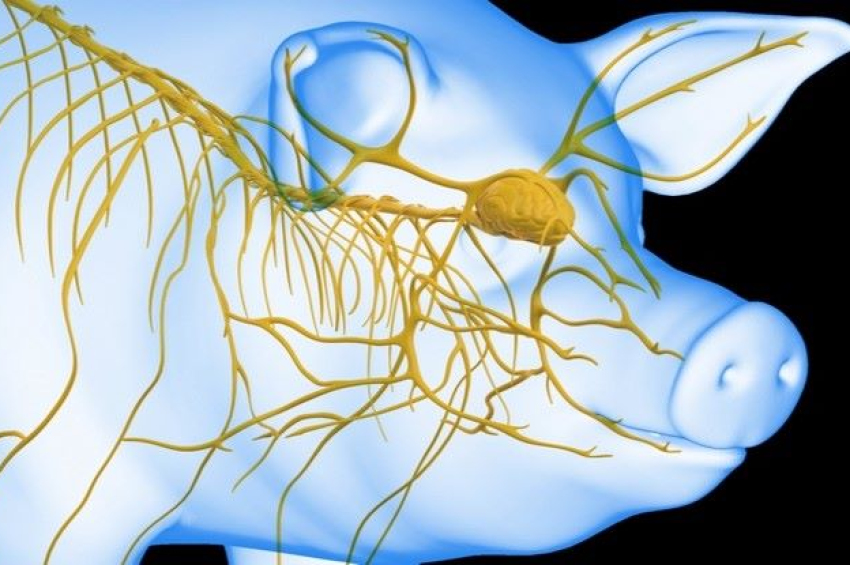JWST spots large planets free-floating in space
The James Webb Space Telescope (JWST) has documented approximately 40 pairs of planets of Jupiter size that are freely floating in the cosmos, not bound to any star.
Dubbed “Jupiter Mass Binary Objects” or “JuMBOs,” these objects were spotted as far as 1,400 light years away from Earth, in the Orion Nebula, scientists said in three independent but yet related studies (here, here, and here).
The discovery has puzzled researchers, who – firstly – cannot explain their synchronized movement in pairs and – secondly – have no clue yet why they are not attached to stars.
The JWST observed approximately 40 pairs of these bodies in a detailed survey of the Orion Nebula, which is just 1,400 light-years away from Earth. The objects present a puzzling phenomenon for astronomers.
More to read:
Two icy planets collided 1,800 light-years away from Earth in 2021
One hypothesis suggests the JuMBOs originated in low-density nebula areas that are incapable of birthing stars, though gravitational forces are able to gather the dispersed materials to form a planet.




![[video] Georgia’s president says parliamentary elections were rigged, calls for nationwide protests](/news_img/2024/10/28/news1_mediu.jpg)


